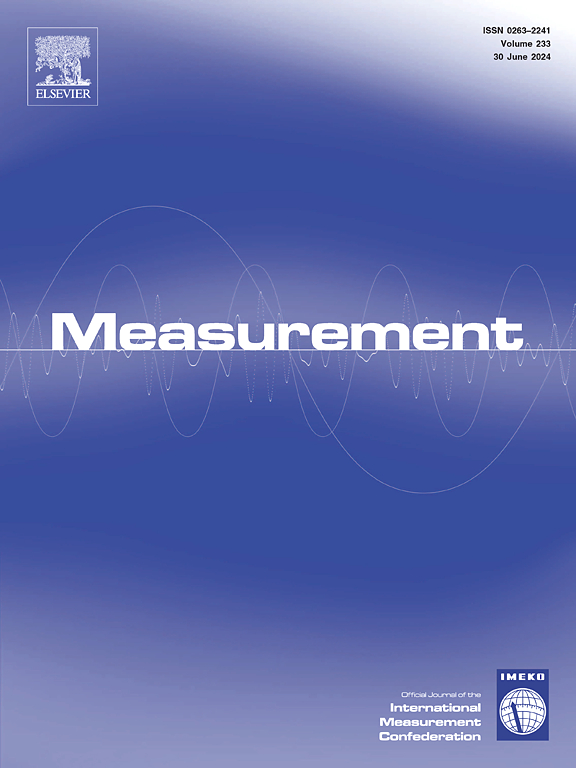Optimization and prediction of mechanical properties of TPU-Based wrist hand orthosis using Bayesian and machine learning models
IF 5.2
2区 工程技术
Q1 ENGINEERING, MULTIDISCIPLINARY
引用次数: 0
Abstract
This study investigates the optimization and prediction of mechanical properties for a wrist-hand orthosis fabricated using fused deposition modeling (FDM) with thermoplastic polyurethane (TPU). The study examines two critical mechanical properties—Shore D hardness, and surface roughness—that are essential for ensuring functionality and durability in medical applications. Twenty-seven different combinations of printing parameters were tested, varying layer thickness (100–200–300 μm), infill pattern (zigzag, cubic, triangles), and nozzle temperature (210–220–230 °C). The study employs artificial neural network (ANN) and bidirectional long short-term memory (BiLSTM) algorithms for predictive modeling, with bayesian optimization (BO) enhancing the BiLSTM model’s performance. Analysis of variance (ANOVA) identified layer thickness as the most influential parameter for both mechanical properties. The BiLSTM integrated with BO demonstrated superior prediction accuracy compared to conventional ANN and standalone BiLSTM models. Error metrics have been used to measure the accuracy of prediction models. These include R-squared (R2), mean absolute percentage error (MAPE), mean squared error (MSE), and root mean squared error (RMSE). The BiLSTM + BO exhibited exceptional predictive performance for Shore D hardness (R2 = 0.9965, MAPE = 0.4516 %, MSE = 0.0471, RMSE = 0.2170), greatly outperforming both ANN (R2 = 0.3554, MAPE = 6.6569 %) and standalone BiLSTM (R2 = 0.9713, MAPE = 1.1737 %). The optimized BiLSTM demonstrated superior predictive capability for surface roughness (R2 = 0.9983, MAPE = 0.6292 %, MSE = 0.0240, RMSE = 0.1551), greatly exceeding the accuracy of ANN (R2 = 0.6078, MAPE = 10.3351 %) and standalone BiLSTM (R2 = 0.9839, MAPE = 2.0010 %). Validation tests on eight independent samples further confirmed the BiLSTM + BO model’s superior performance, achieving prediction errors of 0.03–0.92 % for Shore D hardness and 0.19–1.25 % for surface roughness, significantly outperforming both ANN (0.46–13.77 % and 2.23–21.47 %) and standalone BiLSTM (0.08–2.68 % and 0.36–4.95 %) models respectively. These results highlight the effectiveness of integrating advanced machine learning (ML) techniques with BO to predict and optimize mechanical properties in additive manufacturing (AM), especially for medical device applications.
求助全文
约1分钟内获得全文
求助全文
来源期刊

Measurement
工程技术-工程:综合
CiteScore
10.20
自引率
12.50%
发文量
1589
审稿时长
12.1 months
期刊介绍:
Contributions are invited on novel achievements in all fields of measurement and instrumentation science and technology. Authors are encouraged to submit novel material, whose ultimate goal is an advancement in the state of the art of: measurement and metrology fundamentals, sensors, measurement instruments, measurement and estimation techniques, measurement data processing and fusion algorithms, evaluation procedures and methodologies for plants and industrial processes, performance analysis of systems, processes and algorithms, mathematical models for measurement-oriented purposes, distributed measurement systems in a connected world.
 求助内容:
求助内容: 应助结果提醒方式:
应助结果提醒方式:


